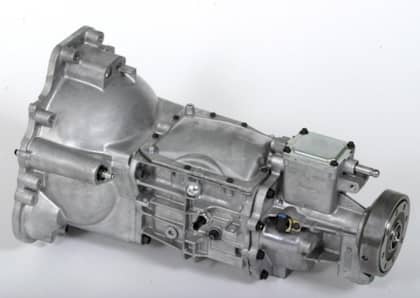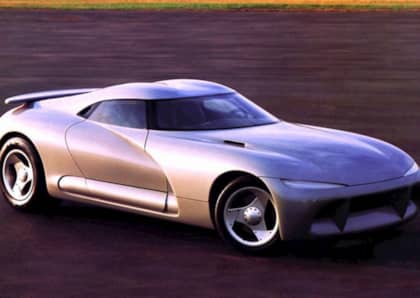The T56 Transmission Shifted Modern Muscle Cars Into High Gear For 30 Years
Back in the late-80s, Chrysler had a problem. In the midst of developing a 400hp, V10-powered roadster—the Dodge Viper—it came to the realization that it didn't have a manual transmission that was strong enough to handle the 450 lb-ft of torque planned for the car. In fact, the Pentastar had spent most of the decade building modest, front-wheel drive pocket rockets with turbo fours, and the cupboard for high performance rear-wheel drive gearboxes was completely bare.
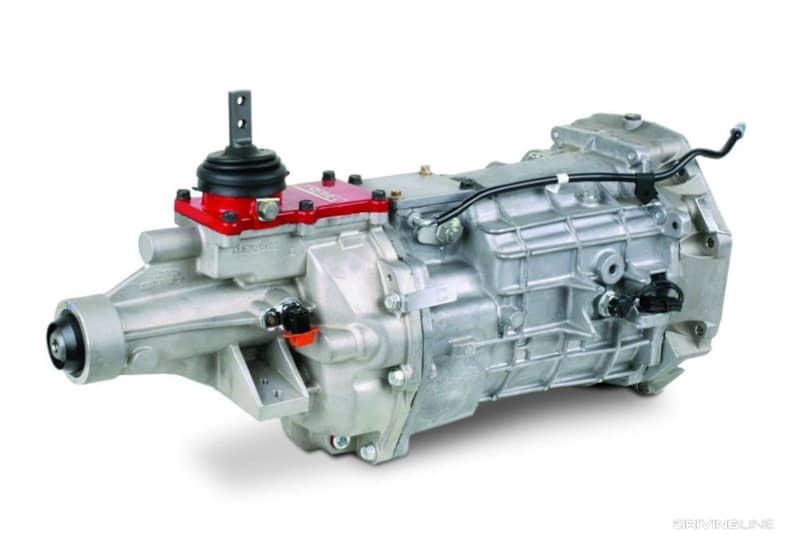
The singular result of the Viper's transmission quest was the T56, a six-speed manual unit that would go on to serve not just Dodge's king snake but a long list of factory hot rods over the course of the next 20 years. Along the way it would also become the gearbox option of choice for muscle car builders and sports car fiends alike, spawning offspring that continue to pull duty in today's hardcore applications.
Strong And Light
Dodge initially approached Borg-Warner with its Viper problem, and the company completed its work on the transmission that became the production T56 by 1992.
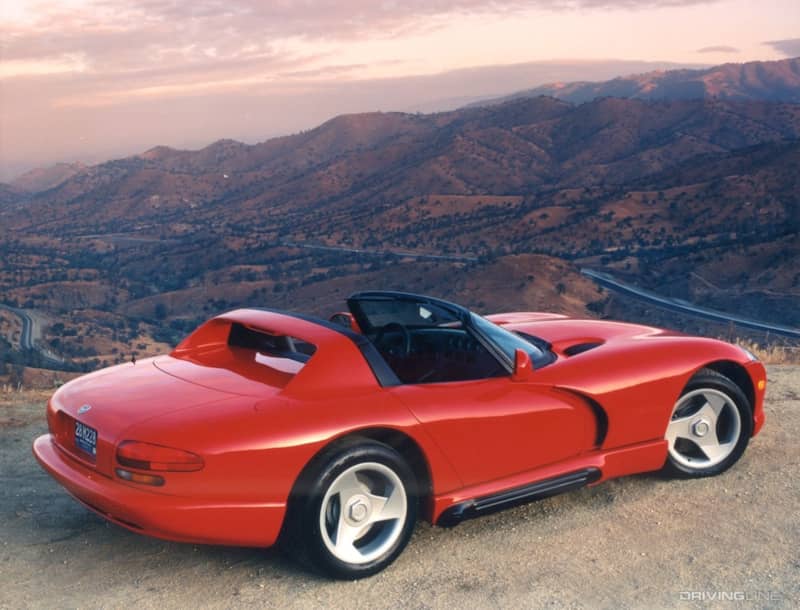
A year later, its use expanded to the Chevrolet Camaro Z/28, followed closely by the Pontiac Firebird Trans Am, and then the Chevrolet Corvette. These vehicles formed the core of North America's T56 use throughout the decade.
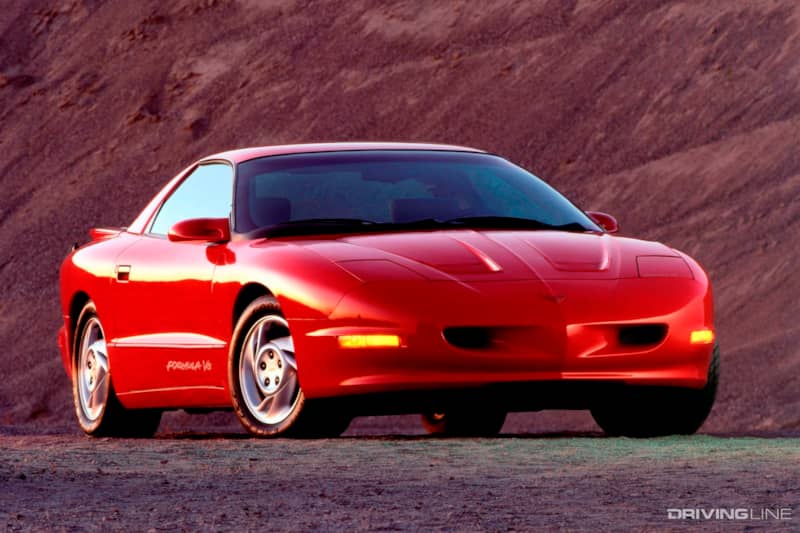
Key to the six-speed's success was the use of a strong aluminum casing that still kept it light enough for use in a wide variety of performance cars. Internally it was also robustly built, with four close-ratio forward cogs (with the fourth offering a 1:1 direct drive ratio) and a pair of overdrive gears that were crucial for automakers seeking to meet corporate average fuel economy requirements with large displacement motors.

First gear ratios were either 2.66:1 or 2.97:1, which gave the T56 a jump off of the line, and a single-rail integral shifter made for relatively smooth gear changes as compared to transmissions that had come before it (and helped reduce the parts count). Throughout the 90s, the T56 would be offered with a hydraulic clutch, with the a mechanical clutch appearing in 2003 for the Ford Mustang SVT Cobra (and on first-year LT1-equipped F-bodies).
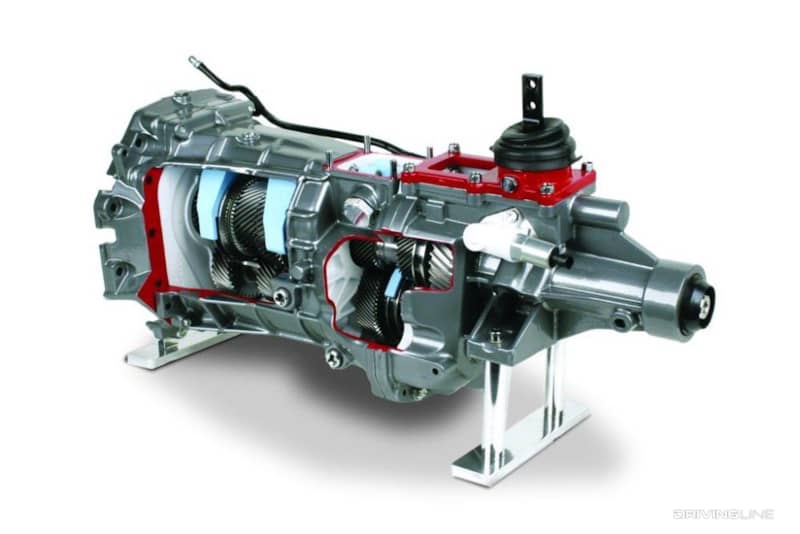
In 1998, Tremec purchased Borg-Warner's transmission division and thus become indelibly associated with the T56 name (as well as the T5 five-speed). No changes were made to the gearbox, however, as a result of the rebranding.
T56 Evolution
While Tremec's role in building the T56 meant status quo for its OEM applications (which in the 2000s expanded to include the Cadillac CTS-V, the Pontiac GTO, the Mustang Cobra R, the Aston Martin DB7 Vantage and V12 Vanquish, the Chevrolet SSR, and the Dodge Ram SRT-10), it dramatically expanded the aftermarket for the transmission.
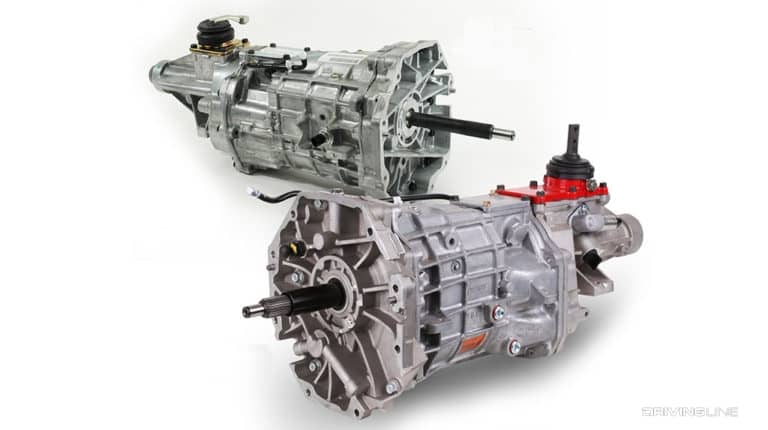
Sensing that the T56 was on the verge of benefiting from the same popularity that had seen the TKO version of the stock T5 take off, towards the end of the 2000s Tremec began work on a more universal version of its six-speed. The idea was to standardized gear ratios, shifter placement, and speedometer pick-ups to better match the needs of hot rod builders.

At the same time as this was happening, Tremec was also developing the T56's successor. Dubbed the TR-6060, this transmission improved several aspects of its predecessor's performance (including torque capability, gear synchronization, and shorter shift travel) and replace it moving forward in an equally wide range of vehicles.

Combining the ease-of-use of the TKO with the additional capabilities of the TR-6060, the Magnum and the Magnum XL carried the T56 banner forward for those who were more interested in an off-the-shelf transmission rather than sourcing a used unit.
Still The Go-To Gearbox
A bit of part of the push for Tremec to create the Magnum came from just how many different places the original T56 was showing up. Creative builders began sourcing LT1-backed versions of the transmission for restomods almost as soon as they appeared on the market, but by the time the LS engine family hit the scene the ubiquity of the six-speed was guaranteed by the extreme availability of matching Gen III small blocks from General Motors.
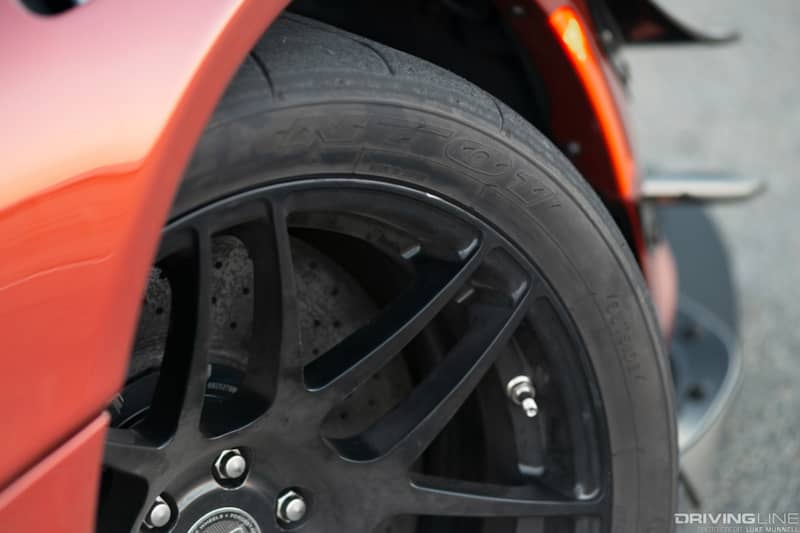
A common casing (except for transaxle Corvettes) helped solve keep the transmission's form factor steady across brands and vehicles. The T56 wasn't plug-and-play, however. The transmission's original application dictated things like shifter placement, midplate, and even orientation (with F-body applications tilted to take into account the platform's angled transmission tunnel), and this in turn affected how easily a unit fit with a new project. Internally, Corvette and some mid-2000s GM T56's also came with triple synchros and a longer tail shaft.

These variations are what the Magnum was intended to smooth out, but they're hardly insurmountable problems for experienced builders. This is especially true now that the aftermarket has responded to the six-speed with a long list of gear intended to make swaps and rebuilds easier. Given the added strength, fuel economy, and availability of the T56, it remains one of the most popular choices for shift-it-yourself muscle machines and track car.
More From Driving Line
- How versatile is the T56? It was used in this Datsun Z car project behind a massive V12.




